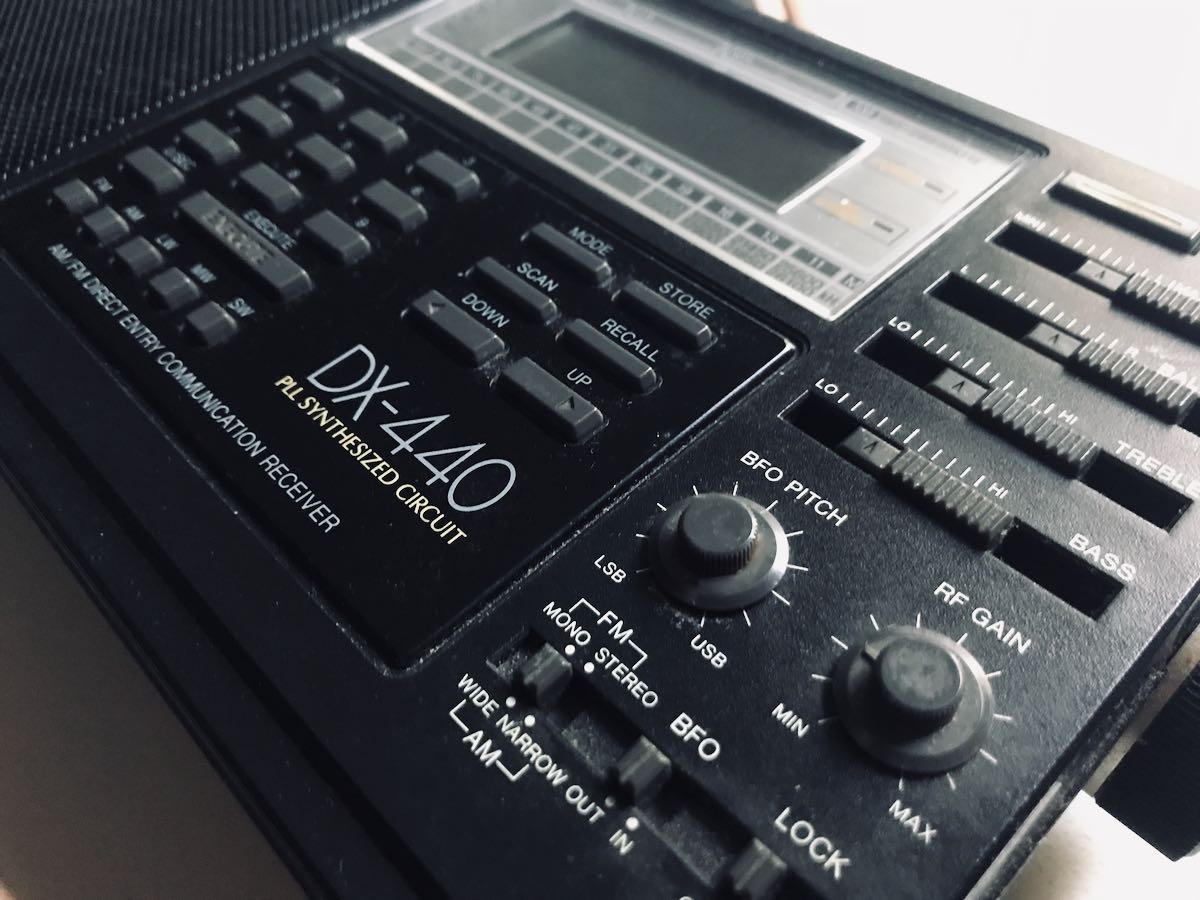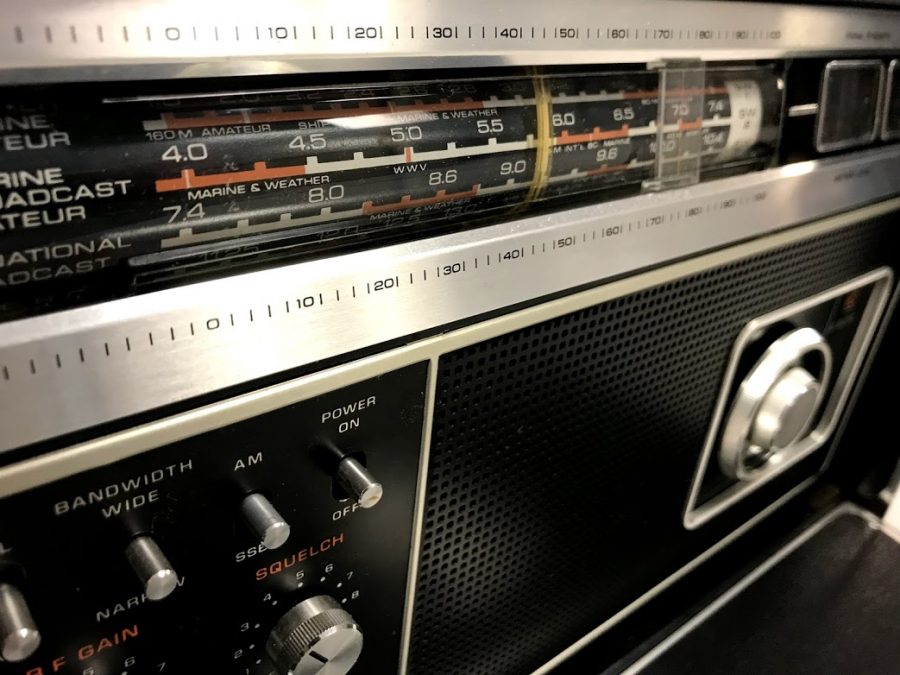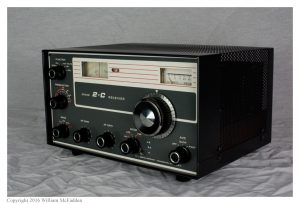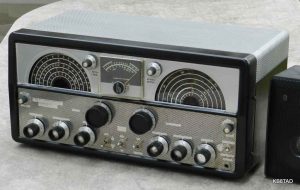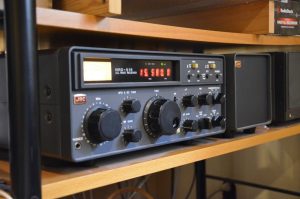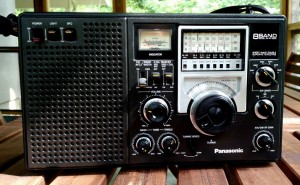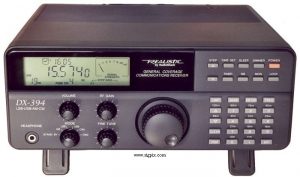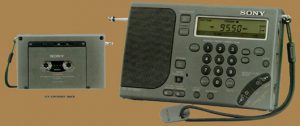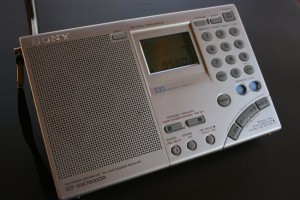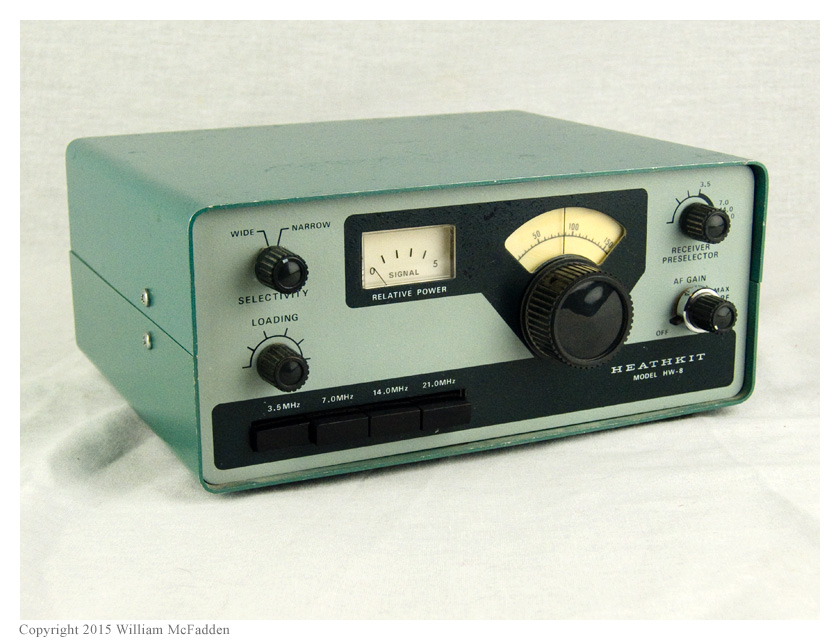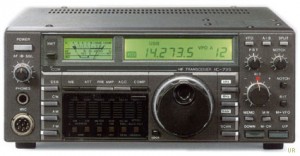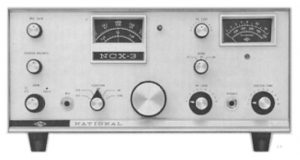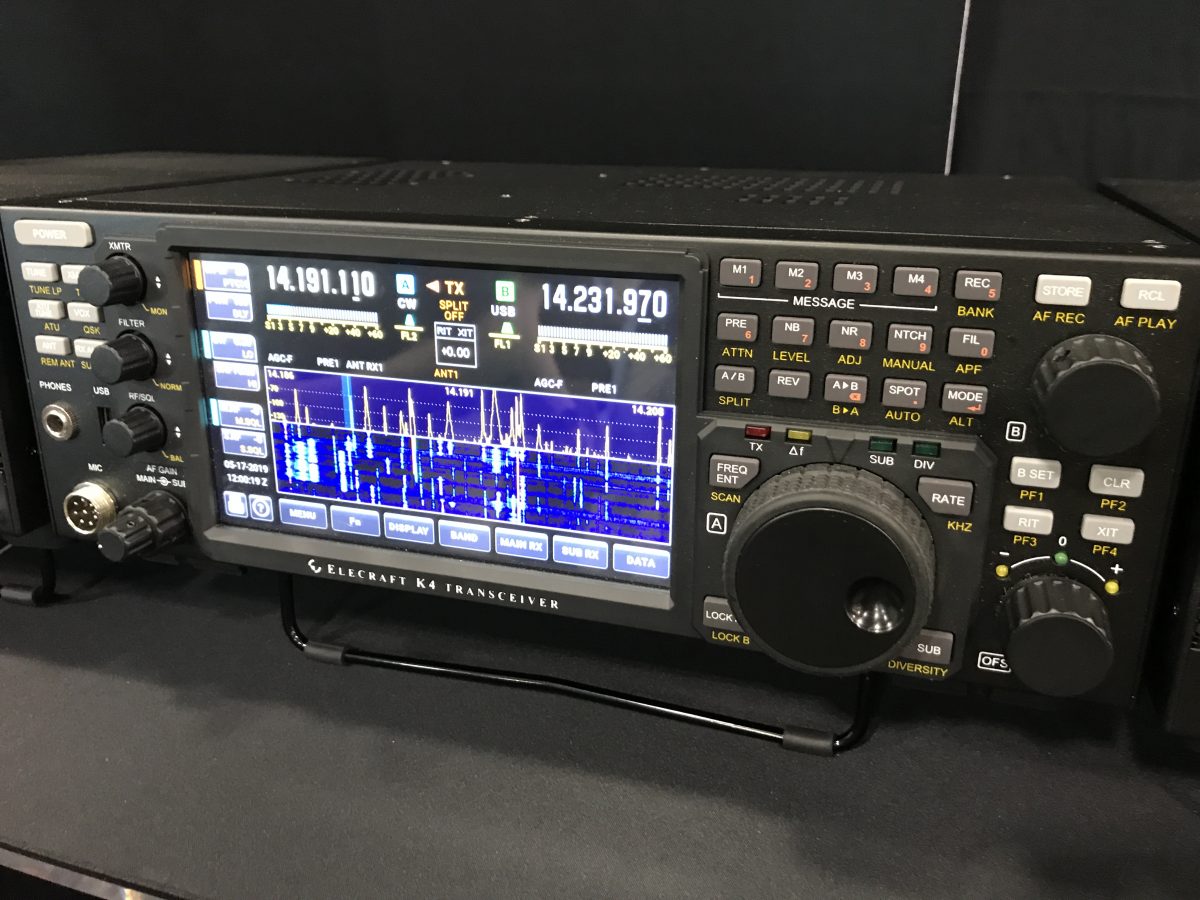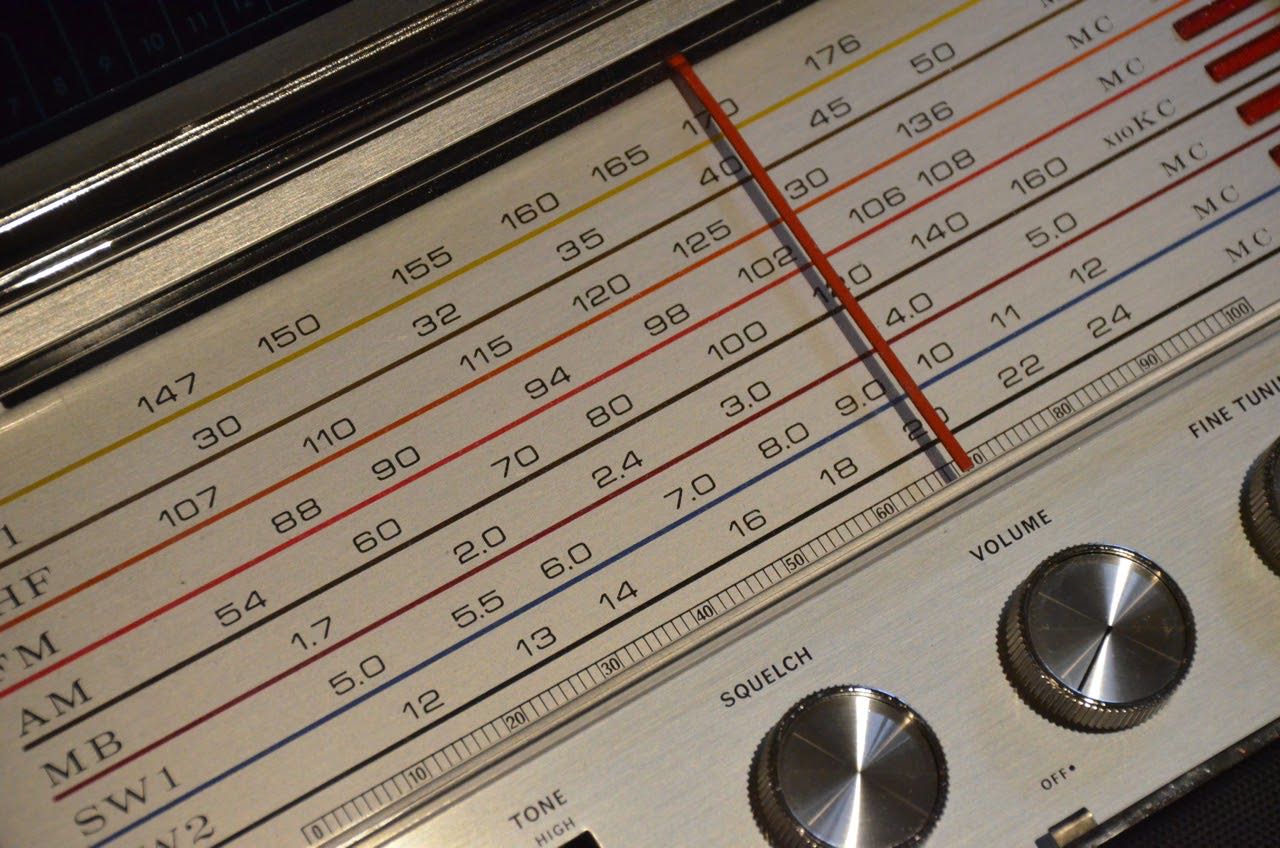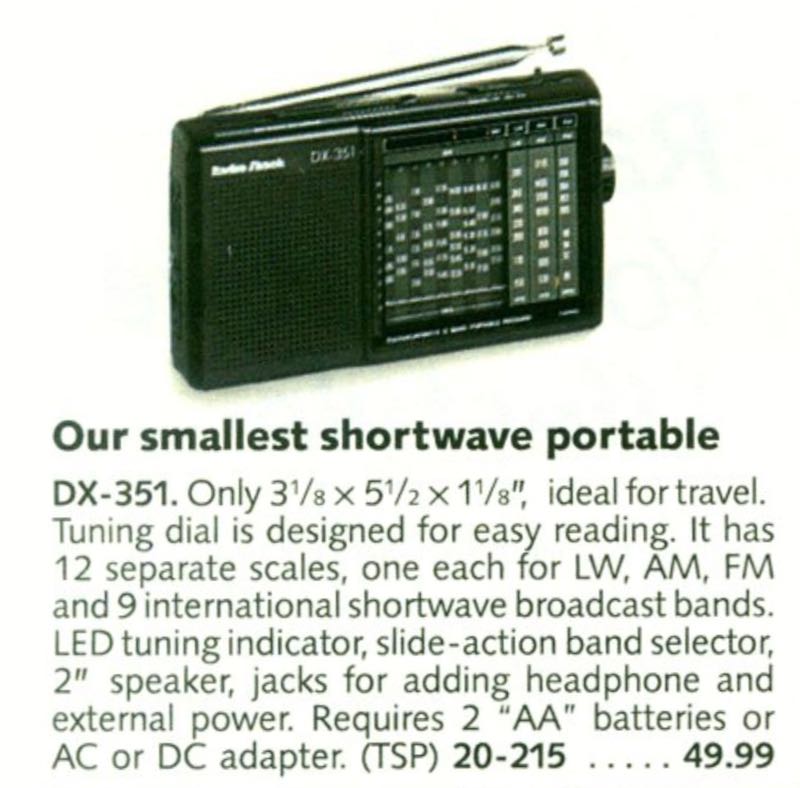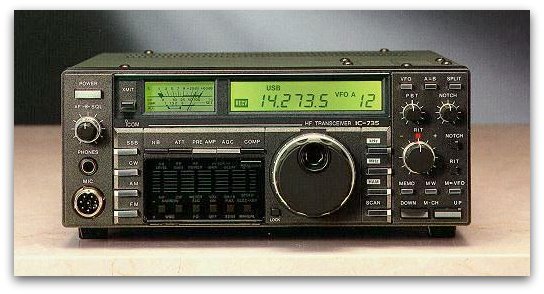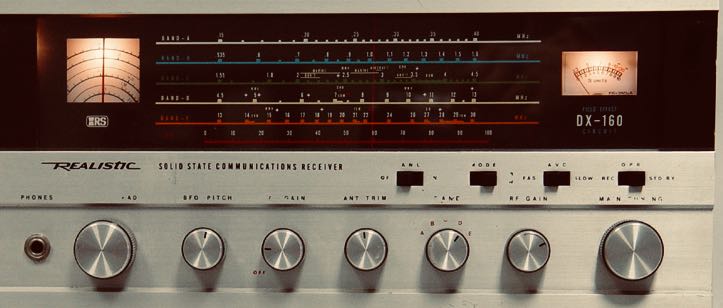I have taken my DX-150 off the shelf and renewing a long-ago hobby. Circumstances have certainly changed since my introduction to SWLing.
One of the major changes is my operation of the receiver non-visually. To re-acquaint myself with the technology and new operational mode, I have been gathering literature (on the computer using screen reading software). I came across this link about Arthur Cushen, who I was not aware of – and you may be, and pass the link on to you to enjoy the aspects of his life and profession as a DXer.
(Source: NFB.org from April 11, 1998)
Arthur Cushen Dies
by Timothy Hendel
From the Editor: Tim Hendel is a member of the Huntsville chapter of the NFB of Alabama. Since he was a student at the New York State School for the Blind in Batavia, he has been interested in travel, languages, and short-wave radio. That is how he first became acquainted with Arthur Cushen and his story.
This is what he says:
A large group of sighted people would tell you that the only blind person they know is Arthur Cushen. These people share the hobby of tuning around on their short-wave radios to pick up unusual stations. Hard-to-get stations are often referred to as “DX,” and people who have this hobby are called “DX-ers.” Arthur Cushen was called “the world’s only professional DX-er.” On September 20, 1997, he died in Invercargill, New Zealand.
Arthur Thomas Cushen was born on January 24, 1920, in Invercargill. This community is at the extreme southern tip of the South Island of New Zealand. It is about as far as you can get from most European and North American cities.
As a young boy Arthur is said to have suffered from poor eyesight. I do not know if he would have been classified as visually impaired in modern parlance. It is true that while in school Arthur did not receive any special educational training. During the 1930’s his sight became much worse. He lost all vision in the early 1950’s. Somewhere along the way Arthur learned Braille.
On Christmas morning, 1932, Arthur got up at 3:00 a.m. with his father and the rest of his family. They tuned their battery-powered radio to the BBC on short-wave to hear the Christmas address of King George VI, from far-away England. A couple of years later as a teen-ager Arthur picked up Suva, Fiji Islands, on his radio. By that time he was bitten by the bug and saved his money to buy better radios. He probably climbed around in his yard, putting up better antennas. Many of us have tuned around on our radios to see what we could pick up, but from his earliest explorations Arthur kept careful and detailed records of what he heard.
All of this might have remained little more than a pastime for a young man in a very isolated community, if it had not been for World War II. During that war most men of military age in New Zealand, as well as in other English-speaking countries, were called away to fight the Germans and Japanese. It was the nature of that war that many of these fighters were taken prisoner.
In the early 1940’s, Germans, Japanese, and Allies were all beginning to learn about international radio and trying to use it for their own propaganda ends. The Japanese were fond of sending out nightly broadcasts in English, touting their victories. These broadcasts went out from what was then called Radio Tokyo, but also from Manila, Singapore, and Batavia (now Jakarta, Indonesia). To give their broadcasts more realism, they often read out the names and addresses of prisoners of war whom they were holding. Perhaps the Japanese felt that these details would increase the believability of their programs. They surely never knew that they were providing great comfort to the families of those prisoners.
Sitting almost at the bottom of the world, listening to his radio, was Arthur Cushen. He had been rejected for military service due to his vision. Arthur, together with his wife Ralda, copied down the names and addresses of the soldiers and civilians as they were broadcast from Tokyo, Singapore, and Batavia. (Arthur says that those were the strongest stations and had the greatest number of prisoners, but that he also monitored Shanghai, Chungking, and many other smaller stations.) Then Arthur would try to track down the families and tell them that he had heard news of a relative on the radio. True, the man might be a prisoner, but at least families got word that their loved one was alive.
To understand how Arthur did his work during World War II, we should bear in mind that there was no Internet, no cassette recorder, no word processor. I cannot even find any mention of his having had a typewriter. He dictated his messages to his wife and other helpers, who would often go to the local telegraph office and send telegrams or write letters to the families. Even long-distance telephoning seems to have been limited, perhaps because Arthur could not afford it. After the war letters of thanks poured into Arthur’s home. In 1970 Queen Elizabeth awarded Arthur the MBE (Member of the British Empire) for his service during the war.
During the Vietnam War Arthur monitored the Voice of Vietnam (Radio Hanoi) and contacted many U.S. families whose loved ones had spoken over that station. By this time the actual voices of the prisoners were broadcast, and tape recorders were common, so Arthur was often able to provide recordings to the families.
In 1953 Queen Elizabeth made a trip to New Zealand. She made it known that she wanted to spend at least one night alone in her hotel room. She also requested a radio and asked that someone provide her with a list of frequencies on which she could hear the BBC. Arthur Cushen was called upon to do this and has kept the special souvenir card on which he listed the frequencies for Her Majesty. Another scoop came to Arthur on November 23 (New Zealand time) 1963. After President Kennedy was shot, Arthur monitored many U.S. AM broadcast band stations and relayed the news he heard to the local New Zealand stations. In that era before satellite coverage, they would not have had so much news if it had not been for Arthur.
In February, 1942, Arthur was contacted by the BBC in London, who had heard of his radio work. They wanted someone in New Zealand to check on reception of their programs and send them a cable each week, telling them how the station was doing. After the war Voice of America, Radio Canada, Radio Netherlands, Radio Sweden, and many other stations made similar arrangements with Arthur.
Between 1952 and 1954 Arthur had several eye operations. He hoped that they would restore his sight. Instead, he lost most of the vision which he had. At that time he felt that he could not continue the work he was doing and needed to find another source of income. He asked the stations for which he had already been doing monitoring if he could be taken on their payroll as a regular staff member. This is how it came to pass that Arthur Cushen became the world’s only professional DX-er.
In addition to his work for the large broadcast stations, Arthur wrote many articles talking about radio. Some of these were published in radio hobby magazines, others in newspapers in New Zealand. Arthur wanted as many people as possible to discover the magic of tuning their radios to far-away stations. He also wanted people to know that they could do this with whatever radio they had on hand, instead of going out and spending lots of hard-earned cash for a special receiver. Victor Goonetilleke of Sri Lanka said, during a tribute to Arthur by Radio Netherlands, “Arthur always put in stuff that was easy to pick up, as well as the rare, hard-to-find stuff. He was a great encouragement to those of us who were starting out, especially us who lived in Asia. No one else was talking about stations that we could hear.”
Glenn Hauser of the well-known short-wave program “World of Radio,” said, “Arthur is the only person who was active in the hobby when I started in 1957 and is still heard.”
I was a boy at the New York State School for the Blind when I first heard Arthur giving reports over Radio Netherlands, talking about stations he had heard. It is hard to describe the thrill I felt when, as a teen-ager living in what I thought to be boring Upstate New York, I heard Arthur talking about picking up Fiji, Tonga, or New Guinea. It certainly whetted my appetite for travel, languages, and radio—interests which I still have.
In the early 1970’s I lived in Hawaii, and I had the thrill of exchanging tapes with Arthur. He wanted to know how well Radio New Zealand was received in Honolulu. I was able to fulfill his request. In 1986 I met Arthur at a short-wave convention in Montreal. It was wonderful to see everybody, blind and sighted, clustered around Arthur as he told stories of World War II and radio in the exotic islands of the Pacific.
Arthur wrote two books. The World in My Ears is a combination autobiography and beginning guide for those who want to know about short-wave radio. NLS has recorded it as RC15856. Another book, Arthur Cushen’s Radio Listening Guide, has not been recorded.
Most of the tributes to Arthur have focused on his radio activities. In passing they have mentioned that he “did a lot for the blind of New Zealand,” but I have been able to obtain very little information about this facet of his life. Apparently he helped found the Royal New Zealand Foundation for the Blind. During the early 1960’s he and his wife Ralda began some kind of simple newspaper-reading service for the blind. Ralda would read articles on tape. These tapes were placed on an answering machine, where people could call in and hear them. Today most of New Zealand, as well as Australia, is served by radio reading services which operate on open channel, usually on the AM broadcast band.
In the tributes which many short-wave stations broadcast about Arthur, his wife Ralda was always mentioned. It was said that Ralda was “his eyes” and his greatest help. It is certain that Arthur and Ralda worked a great deal together, but I do not know how much of this reflects some sighted people’s ideas about what we can and cannot do without sighted help and how much reflects the actual way this couple chose to work together. A careful reading of his book reveals some gentle chiding of certain sighted people who, he felt, were trying to take over the running of some organizations in New Zealand, putting into place what they thought was “necessary for the blind,” rather than consulting with blind consumers.
It is true that Arthur grew up in a time and place when the special tools we take for granted were not available. I have no evidence that he used talking computers and other modern devices. I do know that he used Braille during his broadcasts. I used to fancy sometimes that I heard him rattling his Braille paper, though I don’t know if this was true.
Arthur’s family has requested that any contributions in his memory be sent to the Royal New Zealand Foundation for the Blind, 172 Queens Drive, Invercargill, New Zealand.
Tributes and condolences to Ralda Cushen may be sent to Ralda Cushen, 212 Earn Street, Invercargill, New Zealand.
Condolences and recollections of Arthur may be e-mailed to
[email protected]
Radio New Zealand ended its tribute to Arthur Cushen with a beautiful Maori sacred song. A very well-known blind person has passed from among us.
Thank you for sharing this remembrance, Alfred. I’m willing to bet there a number among the SWLing Post community who remember Arthur Cushen even though he passed away in 1997.
